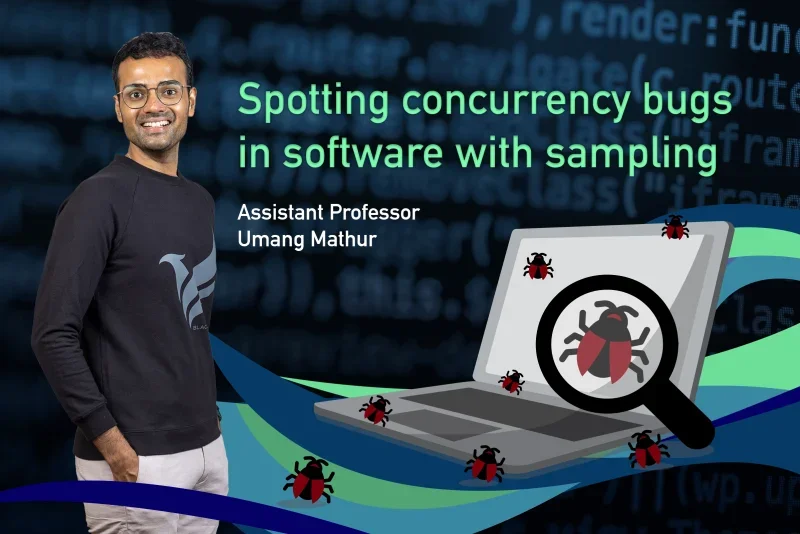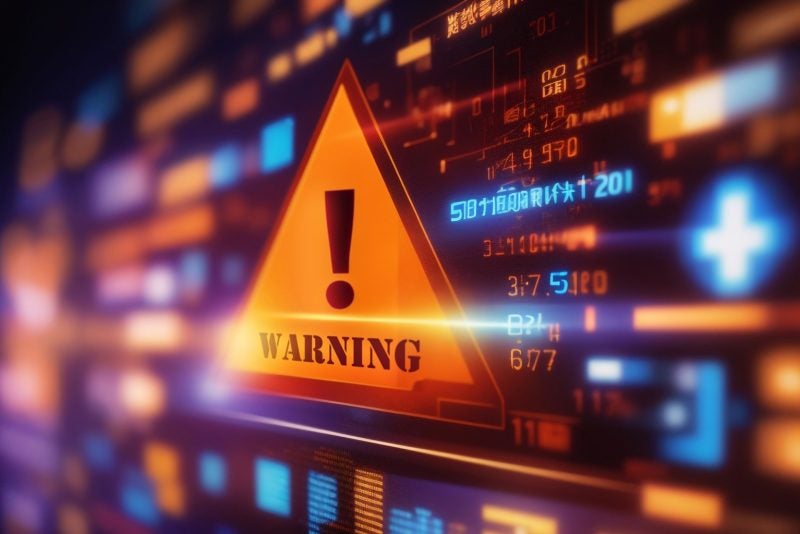In late 2017, two friends were struggling to make rent in San Francisco, a city known for its notoriously high cost of living. As they brainstormed ideas for how they could “make a few bucks,” the pair spied an opportunity: a big design conference was taking place in town and hotels were hard to come by. What if they bought a few air mattresses for their loft apartment and rented them out? The friends created a simple website to advertise their service, naming it Air Bed and Breakfast. Their idea was a hit, and soon Brian Chesky and Joe Gebbia, along with a third friend Nathan Blecharczyk, were looking for investors to grow their company.
Chesky recalls those early days in a post he wrote for Medium – five out of the seven Silicon Valley investors the trio approached rejected their pitch, while the remaining two didn’t even bother with a response. Some turned them down gently, saying “this sounds interesting…I wish you the best of luck.” Others, however, were downright sceptical of the notion that people would allow strangers to sleep in their homes: “You guys are crazy. There’s going to be a murder in one of these houses…I am not touching this with a 10-foot pole.” In spite of the rejections, Airbnb, as the company was renamed, is worth a whopping $90 billion today.
The founders’ early plight is symbolic of many struggling entrepreneurs around the world. “When startups try to raise funding from external sources, they lack track records and legitimacy, without which external investors may feel uncertain about their true quality,” says Chen Jin, who completed her PhD studies at NUS and now teaches entrepreneurship and innovation at the University of Nottingham in Ningbo, China.
An informed bet
Investors assess many factors when considering funding, says Heng Cheng Suang, an associate professor at SoC’s Department of Information Systems and Analytics, who co-authored the paper with Chen. For instance, those involved in initial public offerings (IPO), a milestone of external funding, often look at two things: “How innovative the product is versus the startups’ potential for growth,” he says.
For investors, deciding whether to sink money into a fledgling startup is often a gamble. Some go with their gut, but many look to various indicators to try and gauge its prospects. One point of reference is to see if the startup has received any government subsidies — carrots dangled by authorities to encourage entrepreneurship and innovation. “It is often believed that being endorsed by government programmes may signal a startup’s quality to external investors,” explains Chen.
“But do investors think likewise and really believe that government officials can identify high-quality startups? What if there is corruption and subsidies are offered to particular firms in exchange for private benefits?” she wondered. Intrigued, Chen and Lu Qian (another NUS alumnus, now at Nanjing University of Science and Technology) collaborated with Heng and SoC professor Bernard Tan, to embark on a study to unearth some answers.
A quasi-natural experiment
For their work, the team decided to look to China. In particular, they were interested in examining the circumstances surrounding startups attaining IPOs before and after December 2012 — a critical juncture in time when the government introduced the Eight-Point Code as part of a country-wide effort to crack down on corruption.
“It’s an excellent exogenous, natural intervention that clearly divides a dataset into before and after,” explains Heng. “So it allows for a very good comparison.”
The researchers examined the IPOs of 584 entrepreneurial firms listed between 2011 and 2015, spanning 54 industries across 30 Chinese provinces. They looked at each firm’s IPO price premium (the percentage difference between offer price and book value per share prior to IPO) and analysed whether it had received any R&D subsidies (aimed at stimulating innovation) or high-growth subsidies (targeted at helping the firm grow) the year before it went public. Additionally, the team studied the firm’s levels of innovation (measured by the number of patents approved in the five years prior to its subsidy year) and growth (measured by the change of sales in the year prior to its subsidy year). They further performed numerous robustness checks to ascertain their findings.
“That’s because a firm’s growth can be plagued by uncertainty and making predictions about it is often a subjective exercise.”
Trusting one, but not the other
Upon analysing the data gathered, the team came to a surprising conclusion: government officials were always able to identify which firms were highly innovative, regardless of whether corruption was present or not.
This was unexpected, admits Heng, because prior to anti-corruption laws kicking in, some cynics suspected that there would be money pumped in regardless of whether or not a firm had R&D potential. But it turns out that R&D subsidies could sort firms well even if corruption existed.
Lu adds: “We believe that it’s because firms might disclose more details of their technologies to government officials than to the public (in the attempt to secure subsidies). So R&D subsidies help potential investors close this information gap.” IPO investors, however, trust R&D subsidies to be a good gauge of a firm’s quality only when corruption is low.
In contrast, investors ignore high-growth subsidies even when corruption is low. “That’s because a firm’s growth can be plagued by uncertainty and making predictions about it is often a subjective exercise,” explains Heng.
The research also helped shed light on a longstanding debate in the academic world: the wrangling of the signalling effect versus treatment effect — in other words, whether the subsidies signal a firm’s high calibre or bring about the conditions that induce it. Heng explains: “Assume a startup named ‘unicorn’ has received a government subsidy of $1 million and goes on to IPO successfully. Researchers and practitioners are curious to know whether the awarding agent (government) is indeed sharp enough to correctly identify the potential of startup ‘unicorn’ in successfully IPO (i.e. the signalling effect) or whether startup ‘unicorn’ is being advantaged to hire better employees, equip itself with better resources, etc. (due to the subsidy) and hence successfully IPO (i.e. the treatment effect).”
In the supplementary analysis, the team found that R&D or high-growth subsidies do not influence firms’ future innovation or growth after IPO. This reaffirms that government subsidies do not have a treatment effect on firm quality, and thus investors’ reaction is purely driven by signalling. In essence, by examining the two steps separately, first, how subsidies match firm quality, and second, how investors interpret subsidies, the team is able to isolate the signalling effect of entrepreneurship subsidies from their treatment effect.
The team’s findings — which were first published online in the Strategic Entrepreneurship Journal this March and physically in the recent September issue — confirm that R&D and high-growth subsidies, if boosting investor valuation, serve as a signal, rather than generating a treatment effect.
Reflecting on the team’s work, which has spanned nearly a decade, Heng says: “Have faith in government officials and investors; after all, they are dealing with real money and investments!”

































